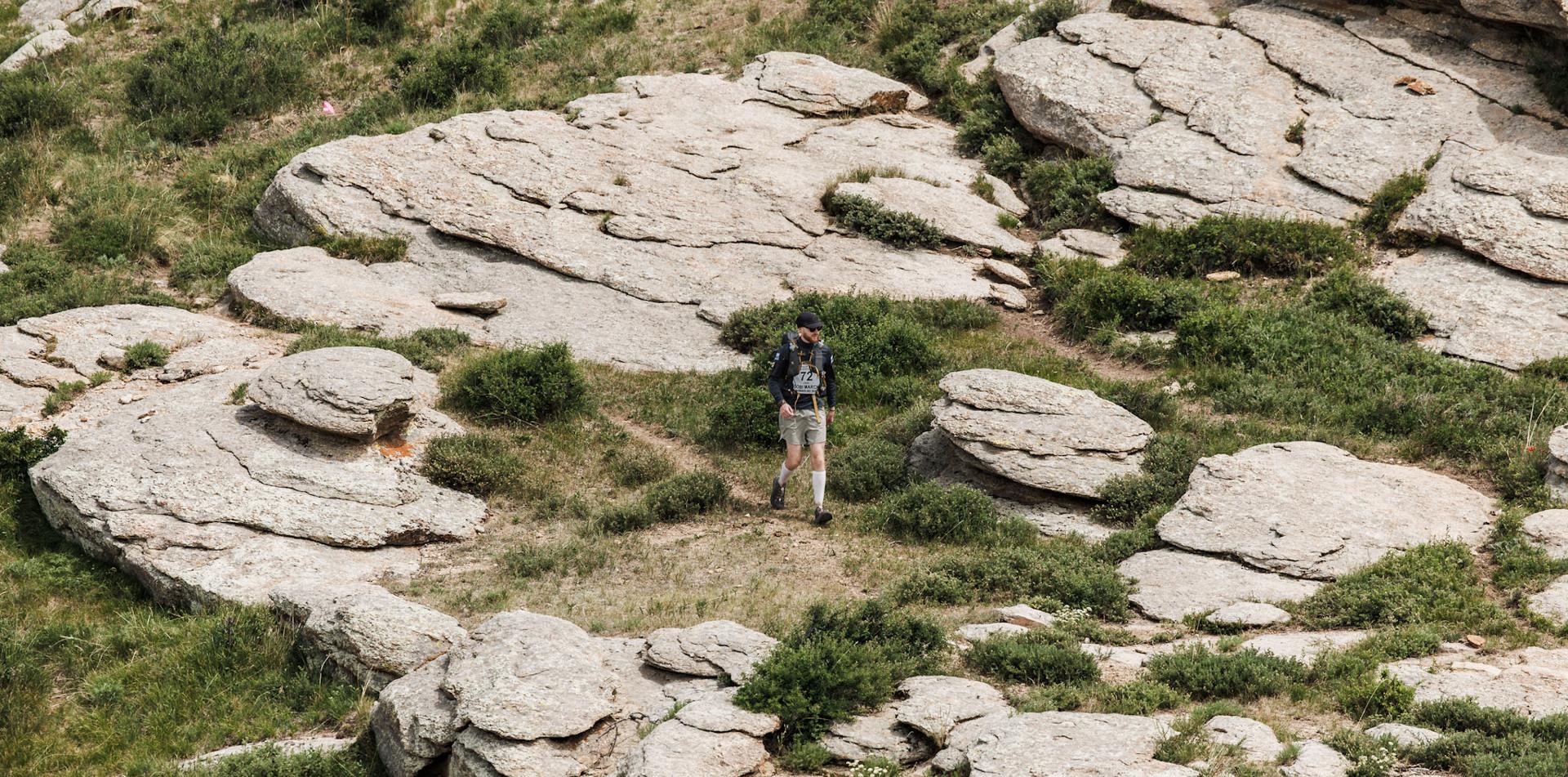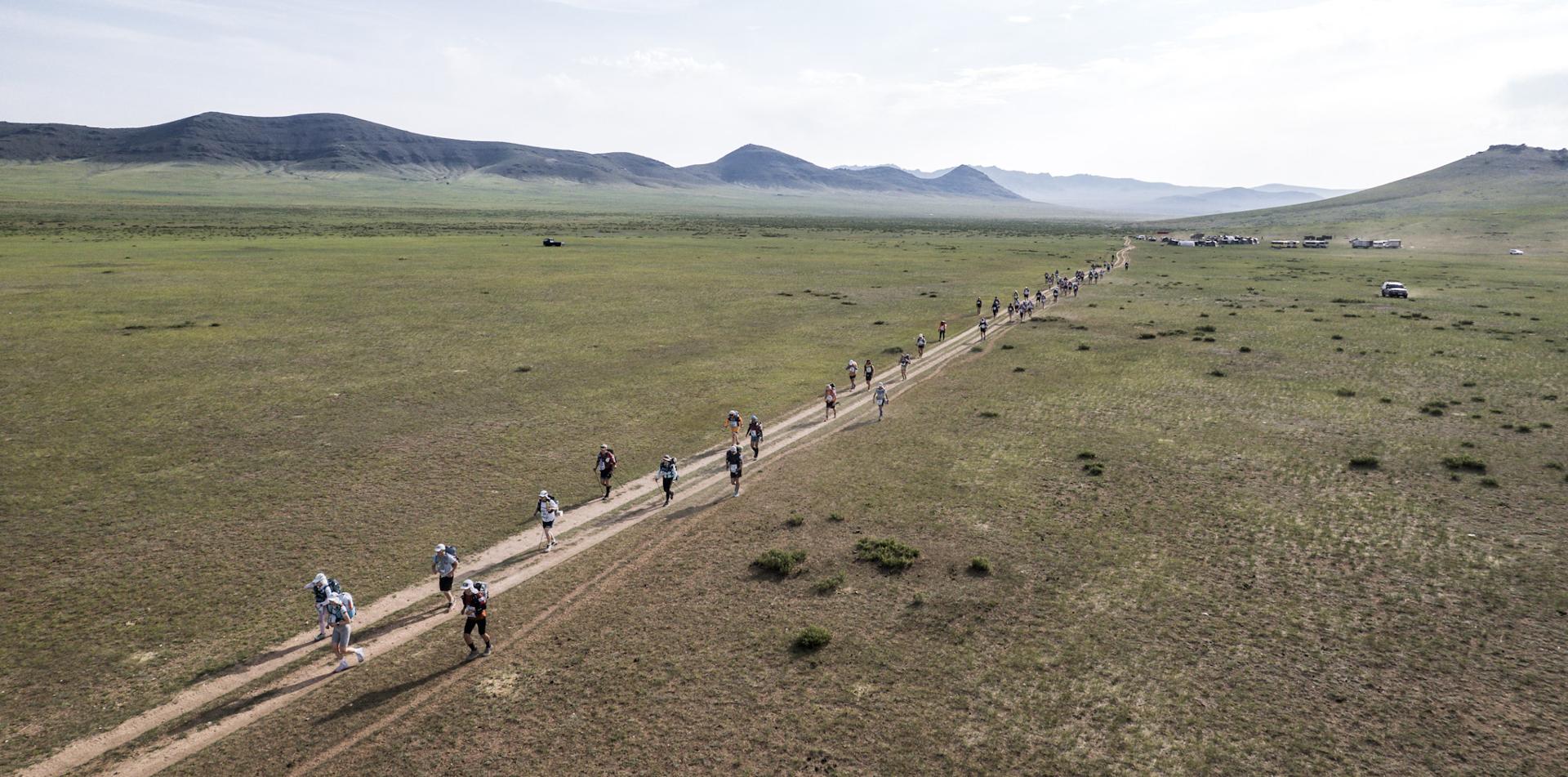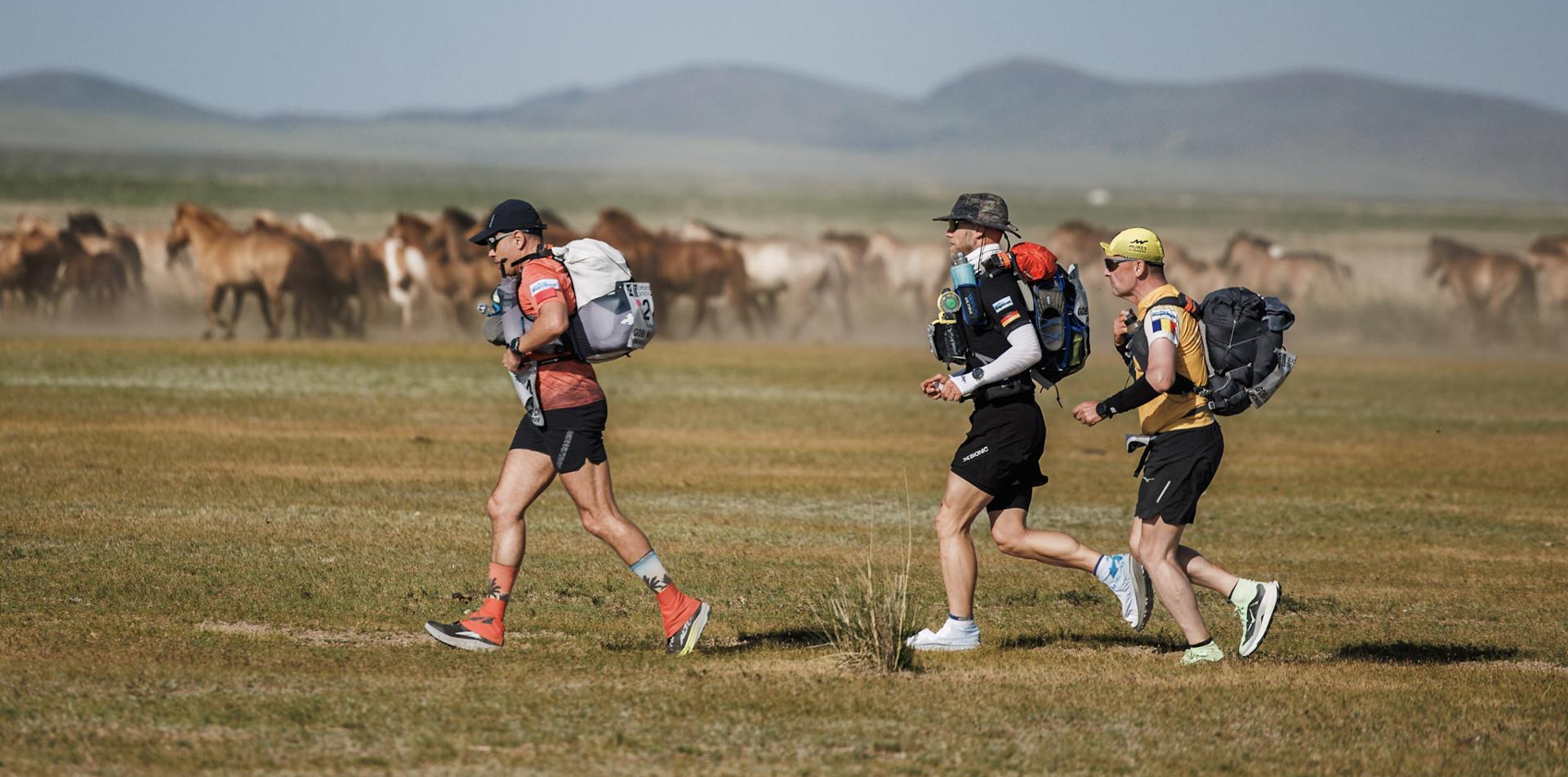RACE INFO

RACE INFO
Naadam Festival - Celebrating Ghenghis Khan during the Gobi March
The lesson in 13th century warfare, and possibly history’s most divisive leader, begins the moment you touch down at Ulaanbaatar's Chinggis Khaan airport. The flint-eyed likeness of the first Emperor of Mongolia squints, challengingly, out of labels on everything from match boxes to vodka bottles and even skate boards. By 1206, Genghis Khan (or Temujin, as he was born) had conquered and united all the tribes of Central Asia and China into a single political and military kingdom: the Mongols. His extensive horse-borne army delivered barbaric torture and terror, but also religious freedom, abolition of aristocratic privilege and, often, cultural integration, not annihilation.
An arguably innovative military strategist, Khan is credited with introducing the structure on which modern armies are still based – his ‘arban’ of 10 soldiers equates to today’s squad, the ‘zuun’ to a platoon and the ‘mingghan’ to a battalion. Selection in an arban was competitive and physical, each General keen to claim the warriors with the greatest strength, patience and bravery, as well as animal husbandry, for his own unit. Before and after each major Mongol battle, soldiers were tested in the “three games of men”: wrestling, horse racing and archery. These competitions were revived in the 1920s as a national festival of sports, tradition and celebration called Naadam.

Today, Naadam Festivals, officially a three-day public holiday in July, occur across the country over the course of a month involving more than 40,000 wrestlers, just as many archers (male and female), and 180,000 horses as well as many competitors in ankle-bone shooting competitions on the sidelines. In what is a cacophony of culture and colour as much as a sporting competition, traditional ‘deels’, strikingly coloured jackets with bright blues (representing Mongolia’s endless sky) and reds (an eternal flame), are worn by everyone. Families, having had their fill of fried khuushuur meat pancakes, loudly cheer on their favourite athletes - some breaking into the back-of-the-neck-hair-raising khoomii or Mongolian throat singing.
RacingThePlanet / 4 Deserts wouldn’t bring its athletes to this glorious part of the world without exposing you to the pageantry of this cultural celebration. There will be a Nadaam celebration during the race, at a point when you could probably do with some Genghis-like encouragement to keep going! The performance will include demonstrations of the ‘three manly games’.

Horse racing
The Mongol horse is sturdy, tireless and nimble. They were the Mongol warrior’s warfare advantage: they come at a whistle; can gallop for hours on end; and the mares can be milked up to six times a day providing handy, ready-to-go nourishment for Khan’s soldiers. At Naadam, the compact Mongolian steads race a minimum of six miles (the Grand National is a four-mile race) and up to 16 miles, over rough and ready terrain. The jockeys are typically aged between only 5 and 13 years of age.
The inside ‘scoop’
Marco Polo may have got the credit but the first ice cream is believed to have been inadvertently created by Genghis Khan soldiers as they galloped for days across the Gobi desert with cream in ‘saddle packs’ made from animal intestines. A combination of the riding movement and icy Gobi weather caused the milk to thicken and freeze – producing ice cream. Holy Haagen-Dazs!

Wrestling
The rules of Mongolian wrestling are: there are almost no rules. There are no weight or age categories, the timing can be fluid, and there is no defined competition ring – it is an open field. It helps to also be a decent dancer as the traditional ‘warm up’ is a set of choreographed movements mimicking eagles, hawks and the mythical Garuda. Strategy counts more than size in Mongolian wrestling as the pair grapple to get each other’s back, elbow or knee onto the ground – while trying not to lose, stretch or rip what little clothing they are wearing.
Beneath their wings
The Naadam Festival wrestlers are vying for titles, according to how many rounds they win. A winner of five rounds is crowned a “hawk of the nation”, for six wins he is known as a “falcon”, seven victories makes him an “elephant”, eight a “garuda”, and nine is the “lion of nation”.

Archery
Men, women and children compete in three categories of archery at the Naadam festival over varying distances with different styles of bows. The Khasaa competition involves shooting 20 arrows at a stacked target of 30 cylinders. It’s not just the onlookers who get excited about a hit – a scorer stands near the target and calls out in a sing-song melody the result of each and every shot: too long, too short, too wide and so on. All competitors must wear the traditional costume, including the pointed hats, Malgai.
Bullseye brilliance
Under Genghis Khan, archery was combined with superior horsemanship and many great feats of accuracy have been passed down in Mongolian folklore. Marksman Chuu Mergen was said to have hit targets from 130 metres away - while riding a galloping horse. While others were said to have repeatedly hit a deer skin cap from a distance of more than 600 metres. Archery is in the DNA of every Mongolian.
RacingThePlanet / 4 Deserts is looking forward to giving our 200 runners a front row seat to a show of these sporting and cultural traditions which are as old as the vast Mongolian empire itself. The original Naadam ‘games’ may have been tremendous physical challenges but they equally embodied the Mongolian attributes of honour, national spirit and pride. On 29 July 2018, a very different sort of athletic army will set out across the Gobi desert. But one of the enduring military strategies of the original Emperor rings just as true for today’s ‘warriors’ of physical fortitude and human endurance, as it did in 1206.
Have an End in Mind
"There is no such thing as individual honor in battle: if the battle is lost. There is no good in anything: until it is finished." - Genghis Khan
By Kirsty Boazman








 Newsletter
Newsletter
 Online Store
Online Store
 Login
Login




